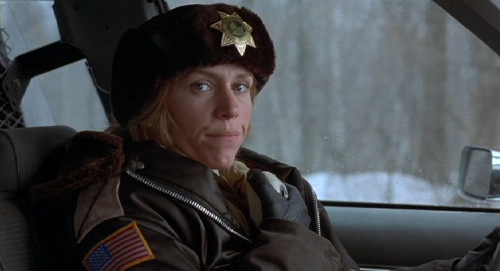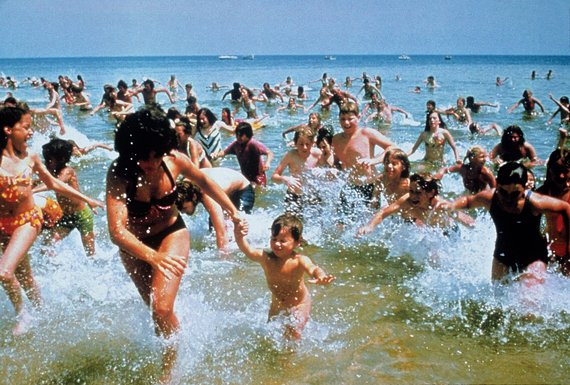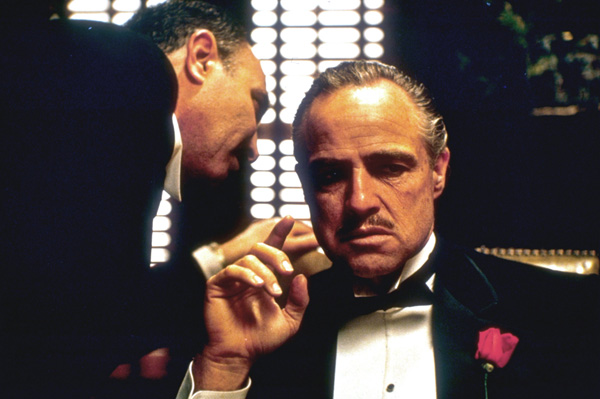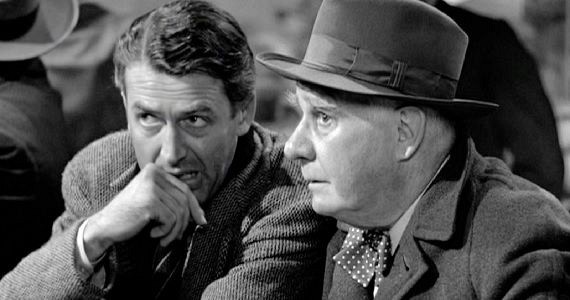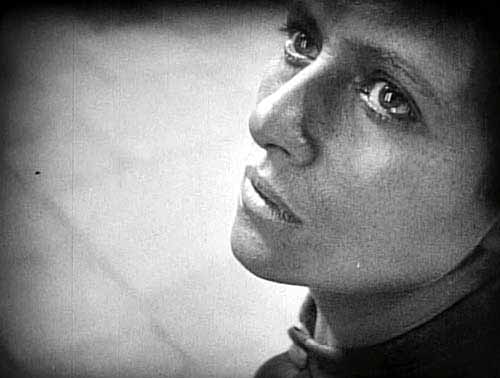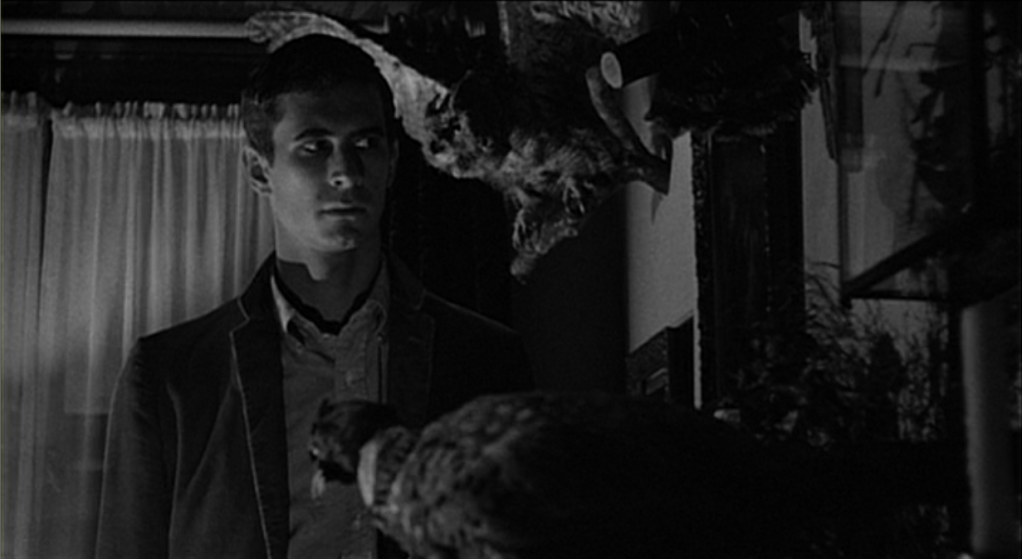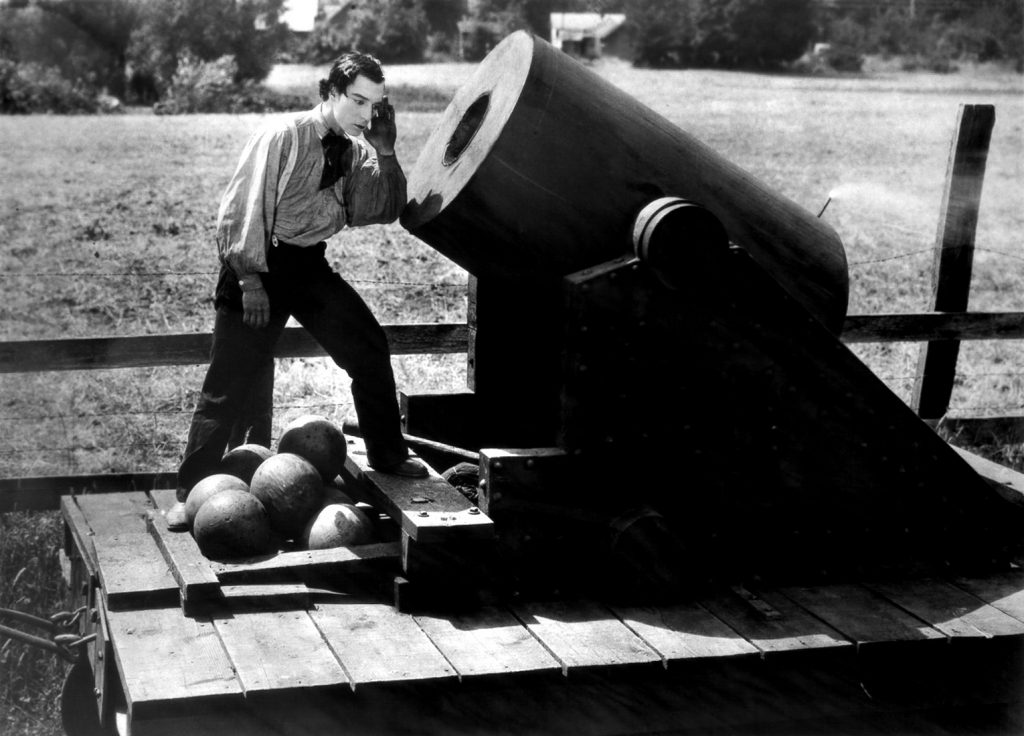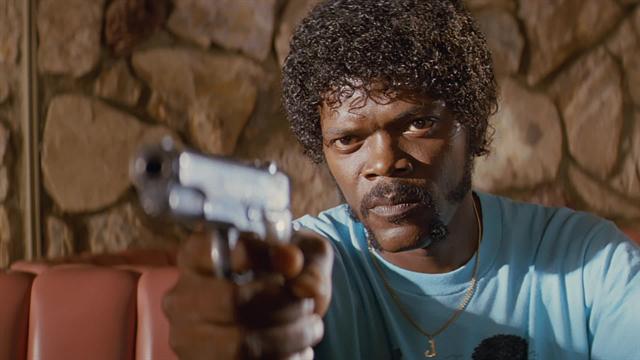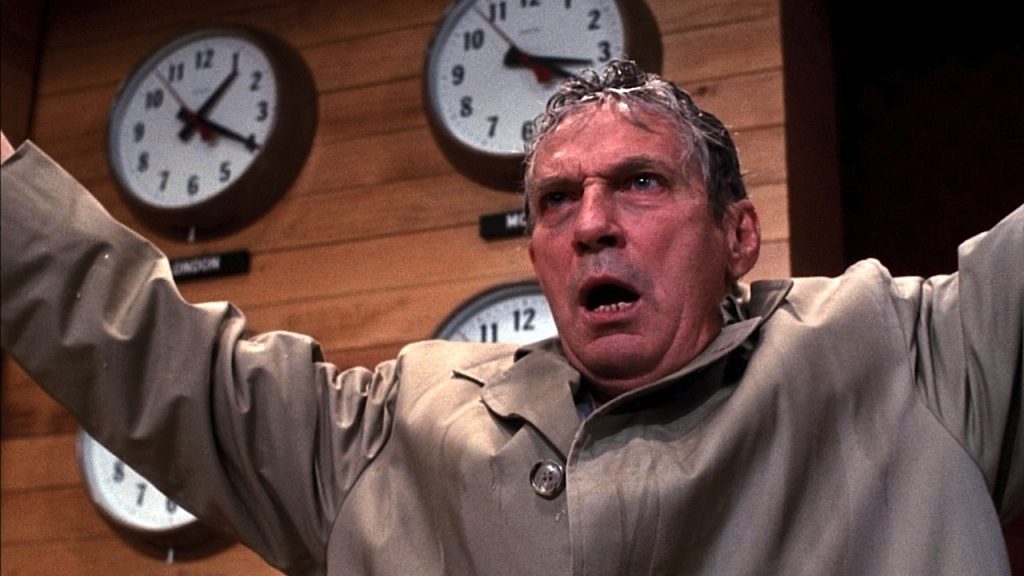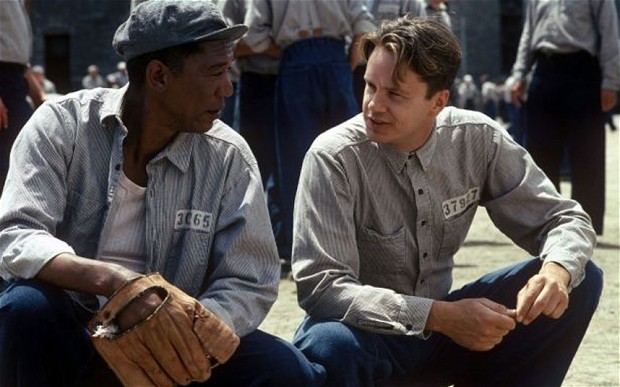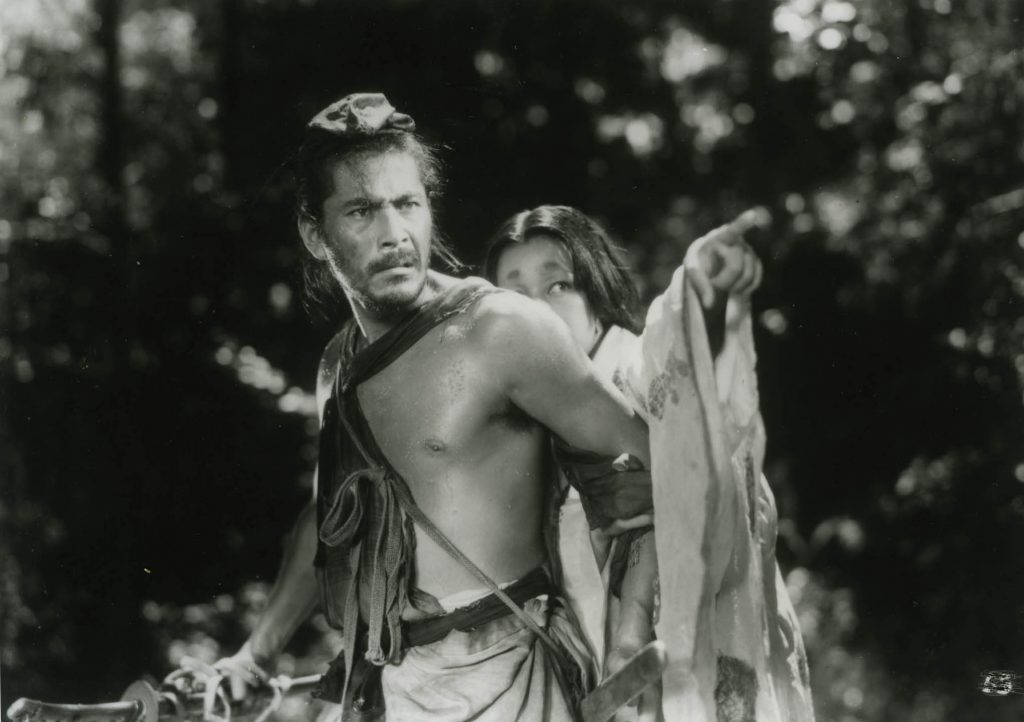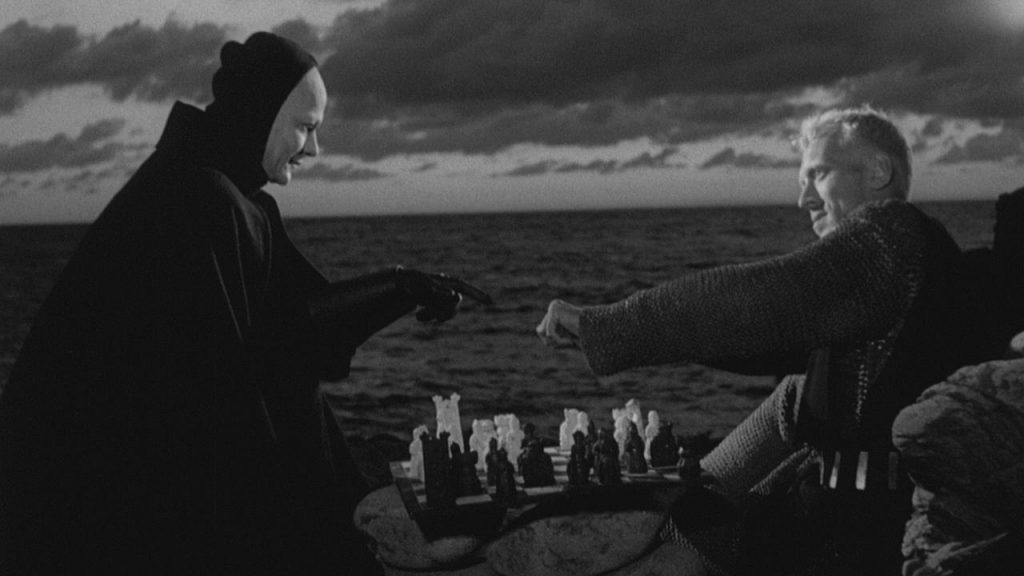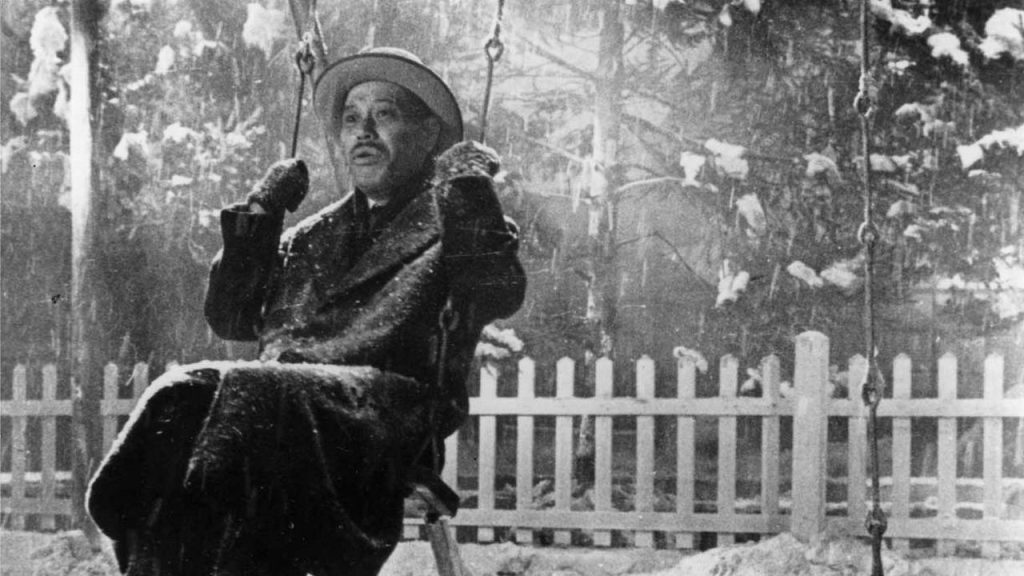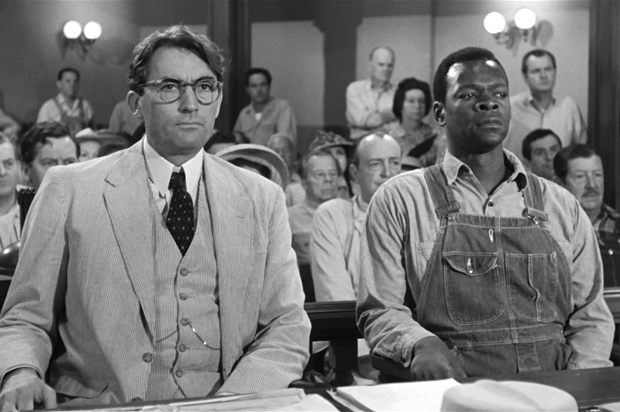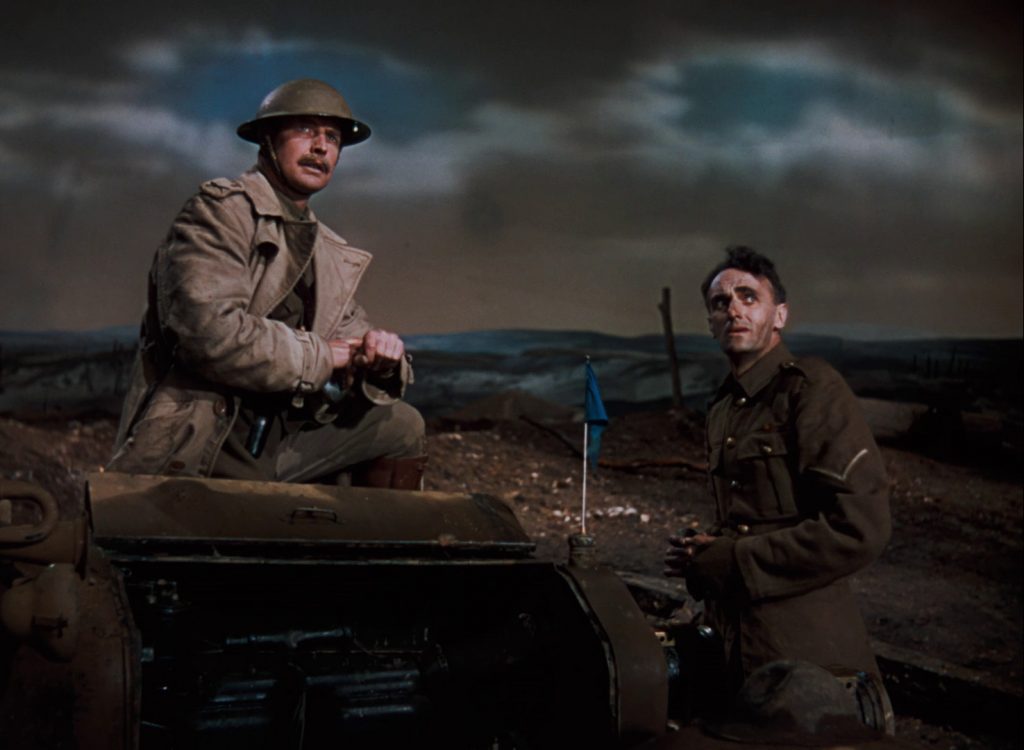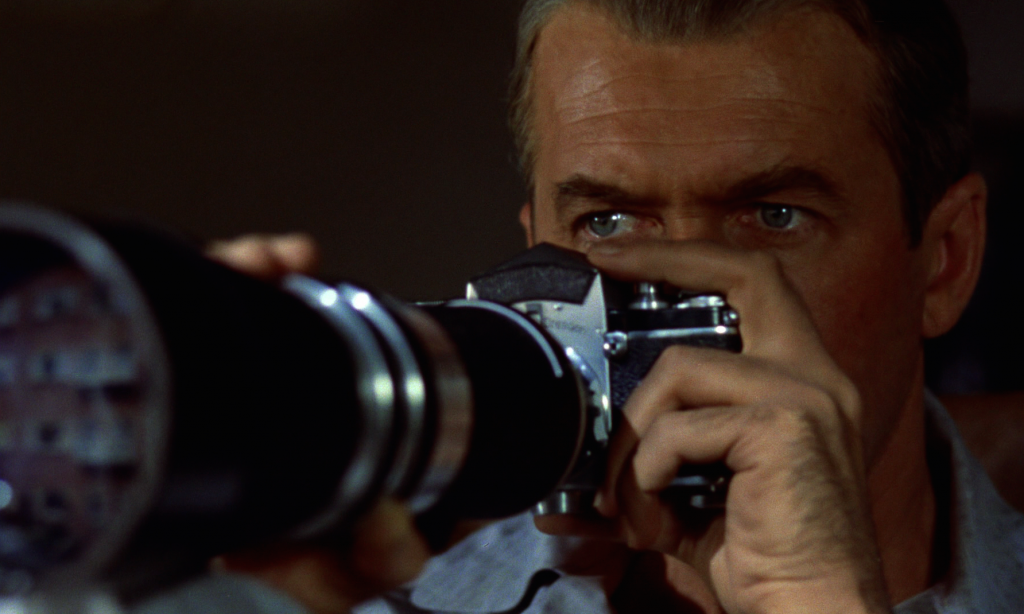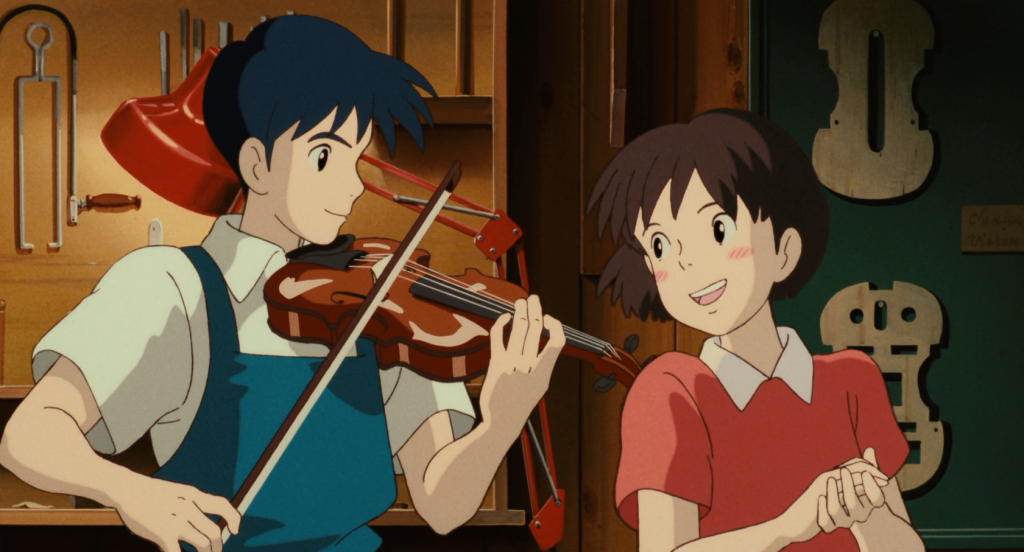18. Fargo
4 Jul
dir. Joel & Ethan Coen
To many, the best and most purely Coen of all Coen Brothers movies. It’s a ransom bag full of every one of their obsessions, visually and story wise: it contains the exact right mixture of black humor and random violence; it’s predicated, like many of their movies, but this one much more so, on a crime gone horribly wrong; it’s the epitome of their typical slide-rule filmmaking, with precise, classroom-worthy moves and compositions; and it has a merciless stranglehold on place – a frigid, snow-packed landscape populated with characters so specific they’re funny for being so real. And the two stakes that hold the whole tent in place are two of the most well-crafted characters in their entire body of work. William H. Macy is Jerry Lundegaard, the world’s most pathetic man having the worst week of his life, not unlike, say, Larry Gopnik in A Serious Man, only Jerry’s Job-like circumstances are entirely, stupidly self-inflicted. His attempt to salvage a dire financial situation with the aid of dubious criminal elements teaches him the hard way that his skill set in such matters might be limited to pushing TruCoat, and we watch with cringing glee as he scrambles around for any kind of rope out of his self-made quagmire. Meanwhile, Frances McDormand, as sharp, wide-eyed, and very pregnant police chief Marge Gunderson, slowly registers for the first time the depths of depravity some men can go on such a beautiful day. It’s the first, and only one of the few, of the Coens’ movies to move so inexorably along a line of dread and inevitability, so much so that the brand it stamps on your memory is like the darkest, cruelest, and funniest of morality tales. Lesson: you can’t always get what you embezzle.

